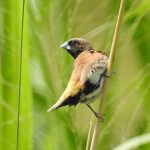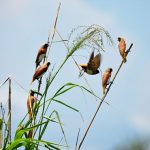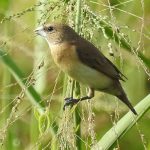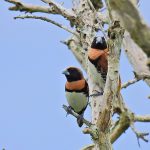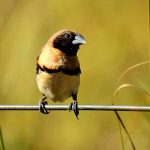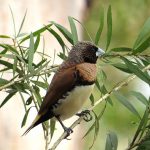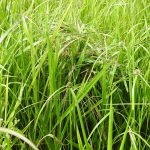CHESTNUT-BREASTED MANNIKIN
The Chestnut-breasted Mannikin, also known as the Chestnut-breasted Munia, is a small bird native to northern and eastern Australia. They are primarily found in the northern and eastern parts of Australia. Their range stretches from northern Queensland down to eastern New South Wales.
They inhabit various open grassy areas, wetlands, and woodlands, and are often seen near water sources like rivers, swamps, and dams.
These small birds are about 9-11 cm in length. They have a distinctive appearance with a chestnut-brown patch on their breast and a black head, back, and wings. Their belly is pale, and they have a red eye-ring, which makes them quite attractive.
Chestnut-breasted Mannikins are highly social birds and are often found in flocks. These flocks can be quite large, especially during the non-breeding season. They are known for their playful and acrobatic flight displays.
Their diet mainly consists of grass seeds, but they also feed on small insects and green vegetation. They use their sharp bills to crack open seeds.
These birds build cup-shaped nests, typically in dense grass or reeds near water. The female lays eggs, and both the male and female take turns incubating them. The nests are often constructed close to other Mannikin nests, contributing to their social nature.
The breeding season for Chestnut-breasted Mannikins in Australia is typically during the wet season, which is summer in the northern parts of their range. They can produce multiple broods during a breeding season.
These birds are known for their melodious calls, often heard during their flight displays or when foraging. Their calls are described as sweet and tinkling.

